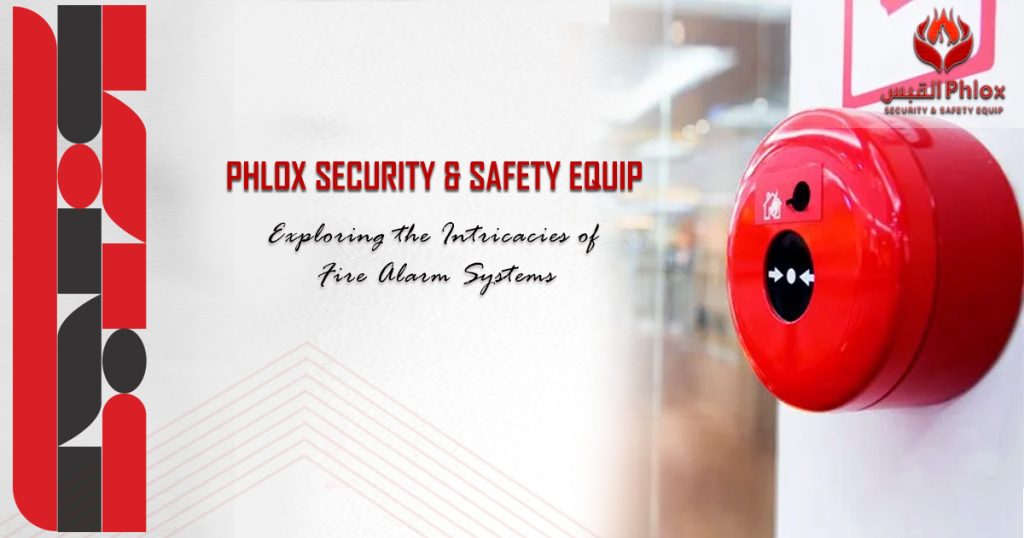
Exploring the Intricacies of Fire Alarm Systems
In the world of fire safety, fire alarm systems emerge as silent guardians, ready to leap into action at the first sign of danger. However, beyond the familiar wail of their sirens, these systems are a sophisticated blend of technology and design, meticulously crafted to protect lives and property. Let’s take a closer look at the intricacies that make fire alarm systems the unsung heroes of fire prevention.
Early Warning Symphony of Fire Alarm Systems:
The primary function of a fire alarm system is to provide early detection. Which serves as the first line of defense against potential disasters. These systems use a network of sensors, including smoke detectors and heat sensors, strategically placed throughout a building. Once activated, they swiftly transmit signals to the central control panel, triggering an immediate response.
Variety in Vigilance:
Fire_alarm systems come in various types, each tailored to specific environments and needs. Conventional systems are often found in smaller buildings, dividing the space into zones for easier identification of the fire’s location. Addressable systems, on the other hand, pinpoint the exact location of the triggered alarm. Which streamlines the response process for larger and more complex structures.
Fire Alarm Systems Adaptability in Design :
Modern systems are designed to adapt to diverse environments. They can incorporate visual signals, such as flashing lights, for the hearing impaired. Additionally, some systems use voice alerts to guide occupants to safety, providing clear and concise instructions in the midst of chaos.
Integration with Technology:
Advancements in technology have transformed these systems into intelligent, interconnected networks. Smart systems can now be monitored remotely, allowing for real-time assessment and immediate response. Moreover, integration with building management systems enables a more comprehensive approach to safety by coordinating with other emergency systems like sprinklers and emergency lighting.
Lastly, fire_alarm systems stand as indispensable guardians in the realm of fire safety. However, their ability to provide early warnings, adapt to diverse needs, and integrate with advanced technologies showcases their crucial role in preventing and mitigating the impact of fires. As we navigate the intricacies of fire prevention, these systems continue to evolve, steadfast in their commitment to safeguarding lives and property.
Related Subjects:
Smart Fire Alarm Systems: The Future of Fire Safety in Homes and Businesses
Integrating Fire Alarm Systems with Smart Home Technology: A Step Towards Enhanced Safety




